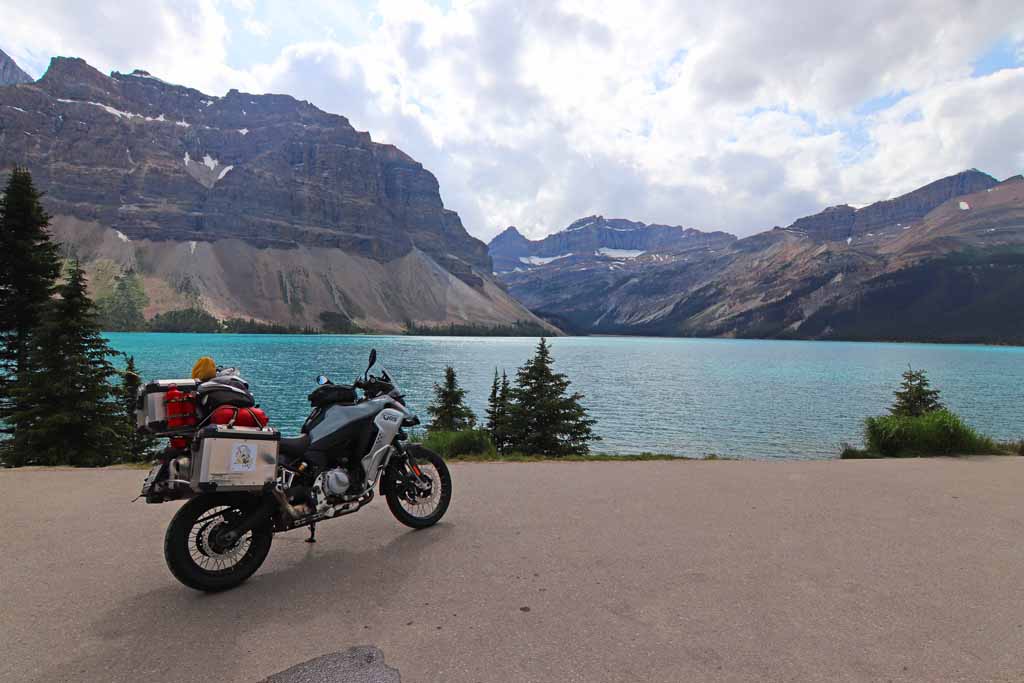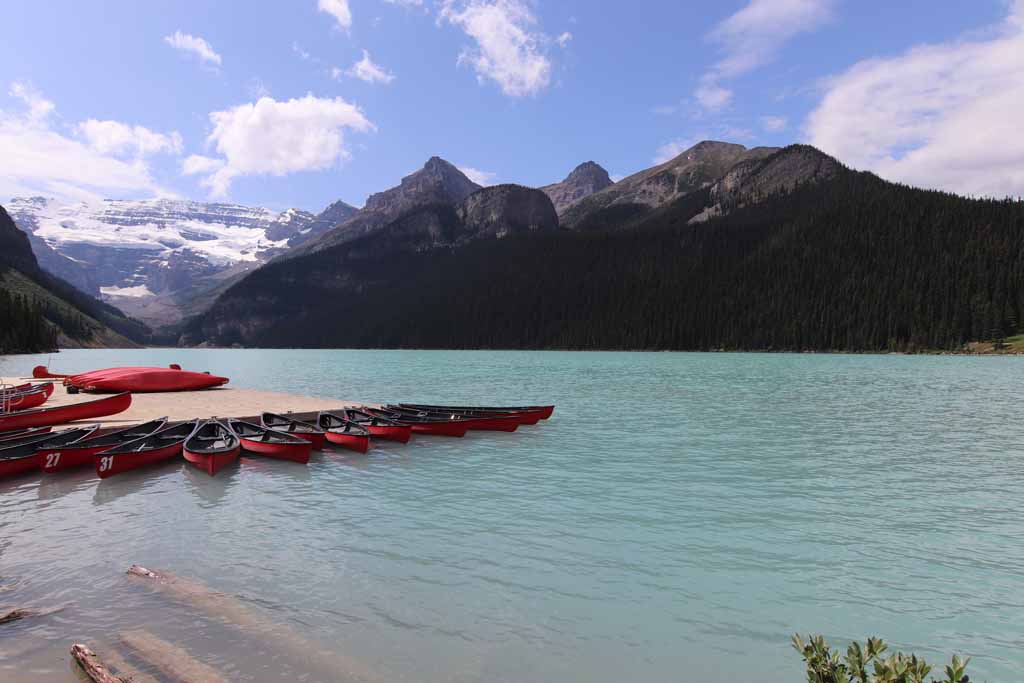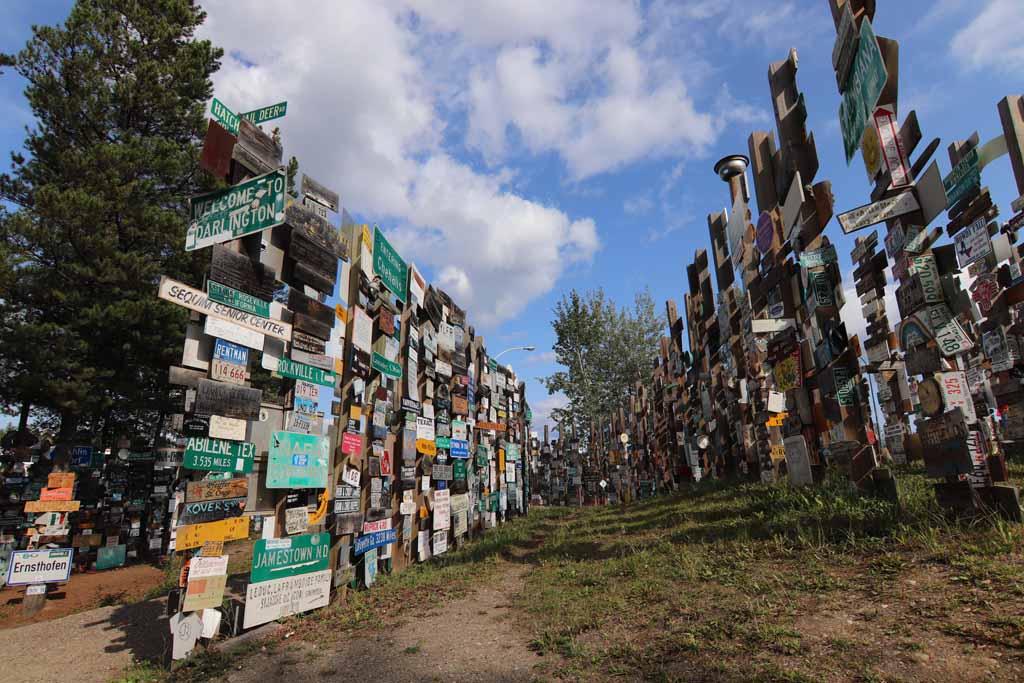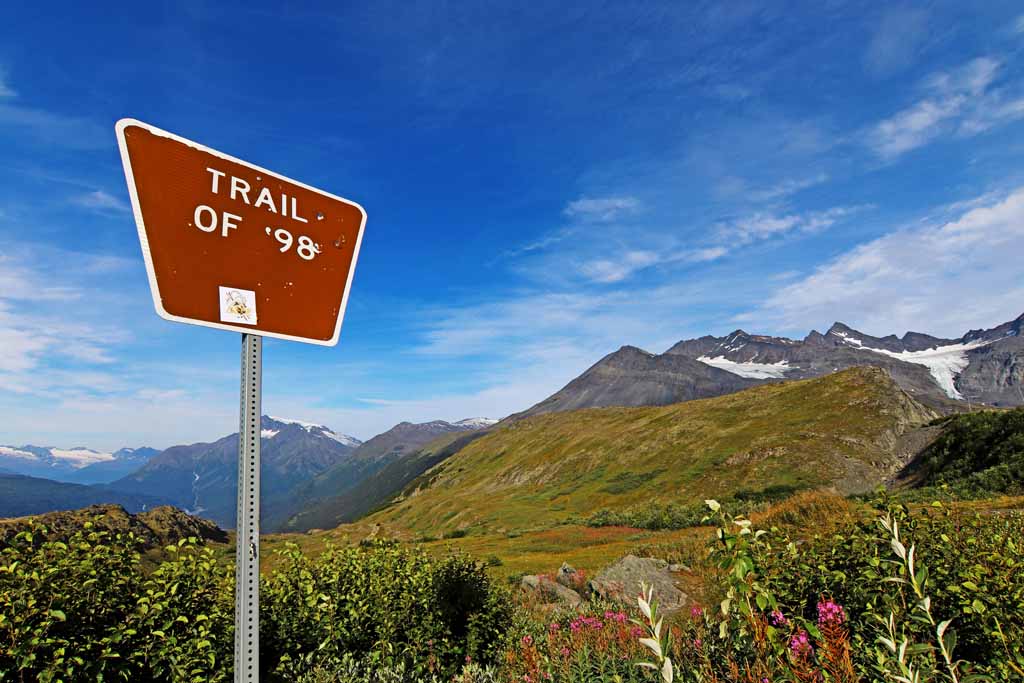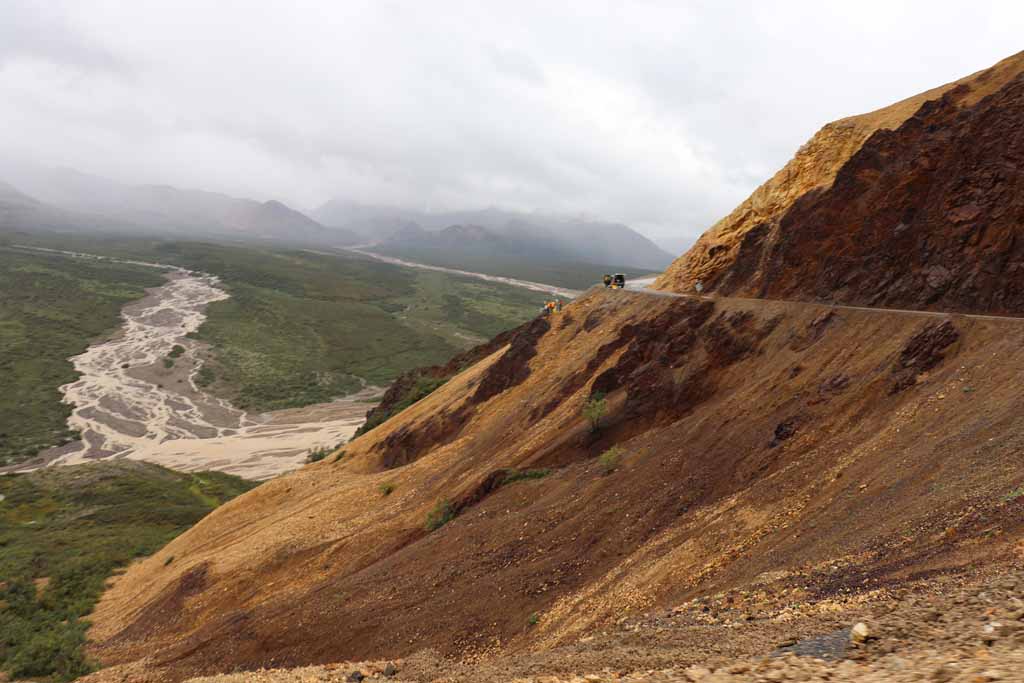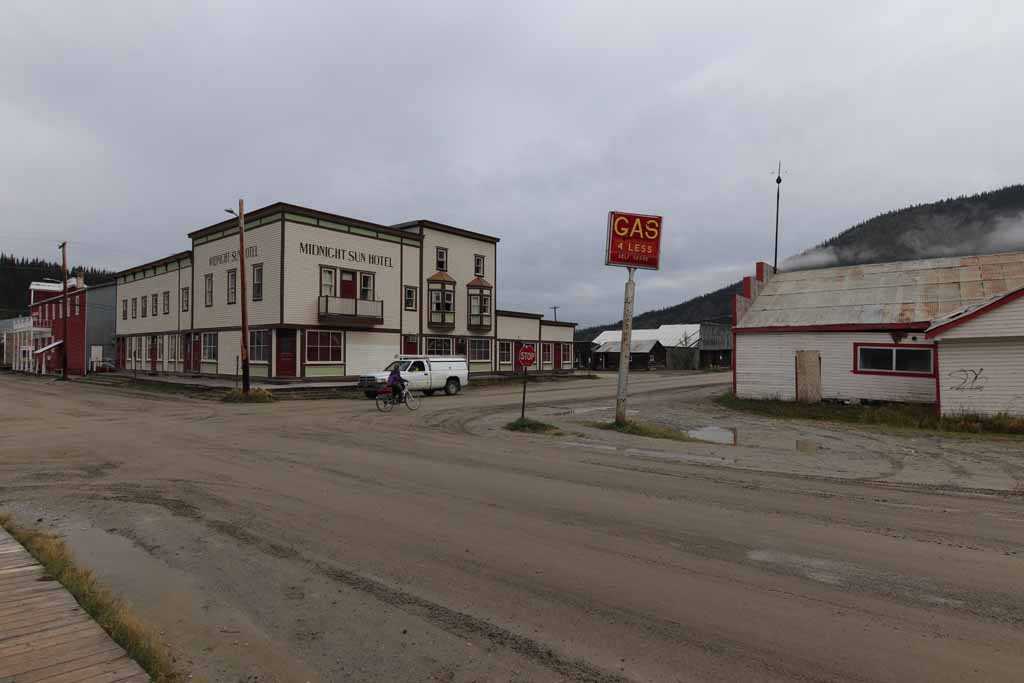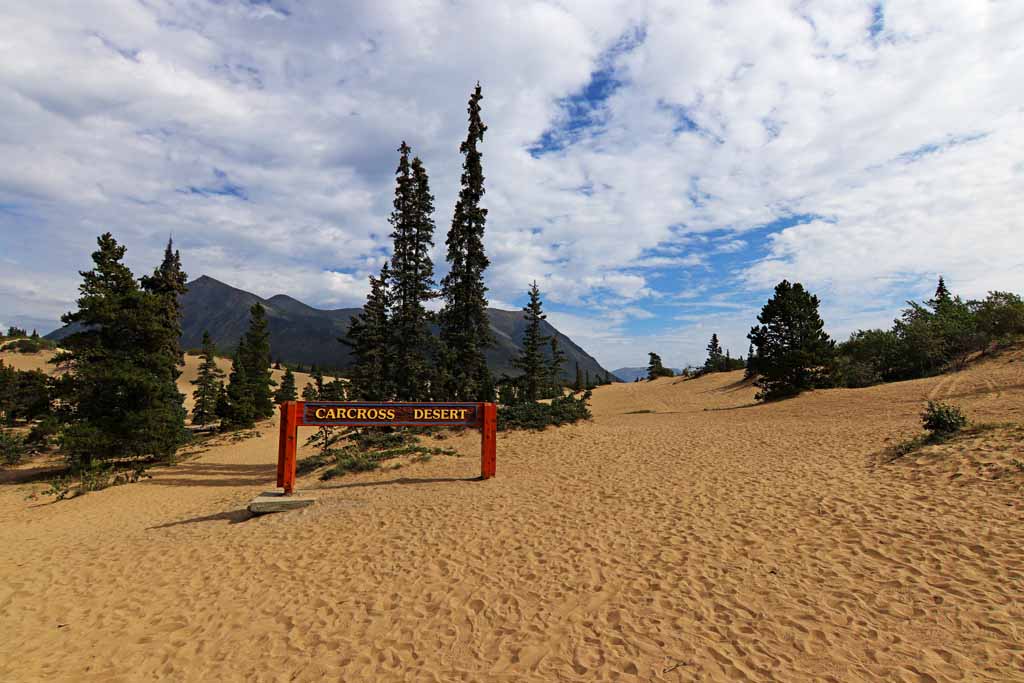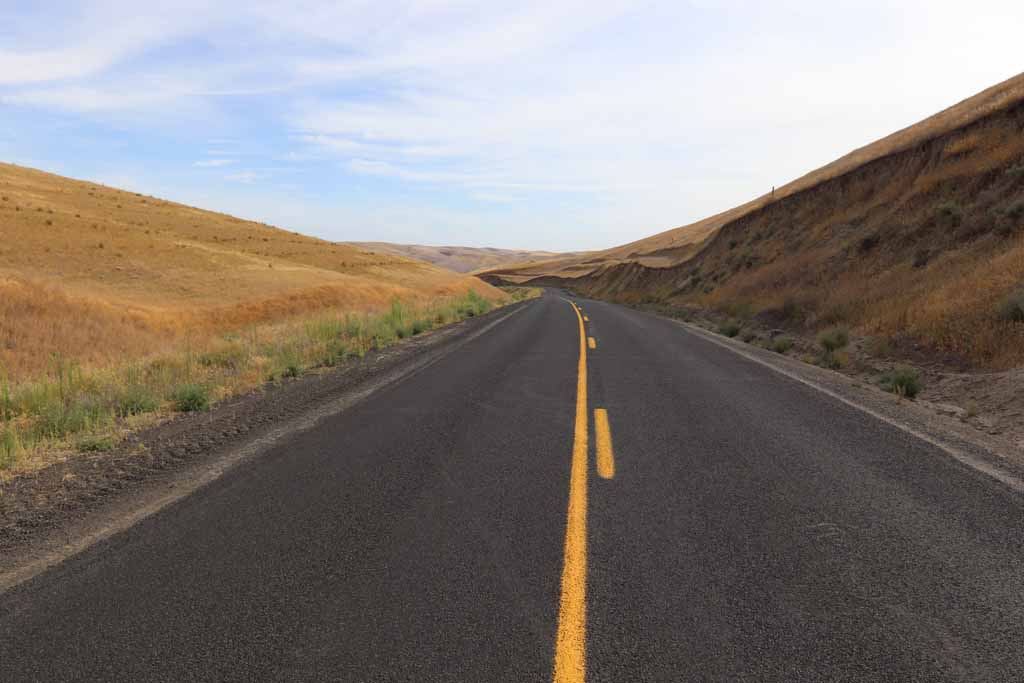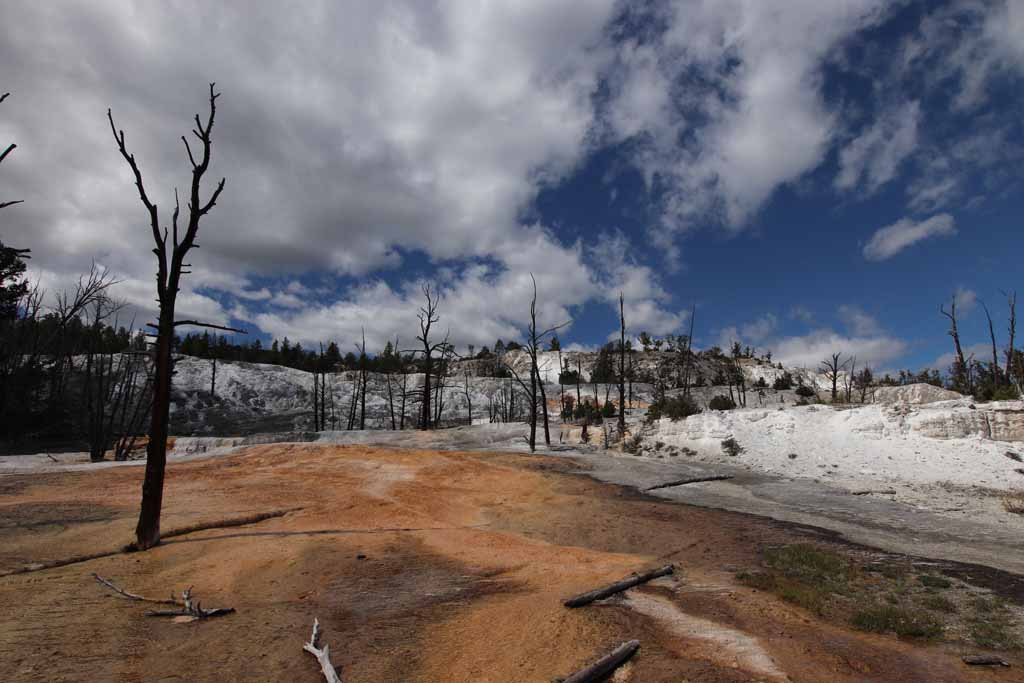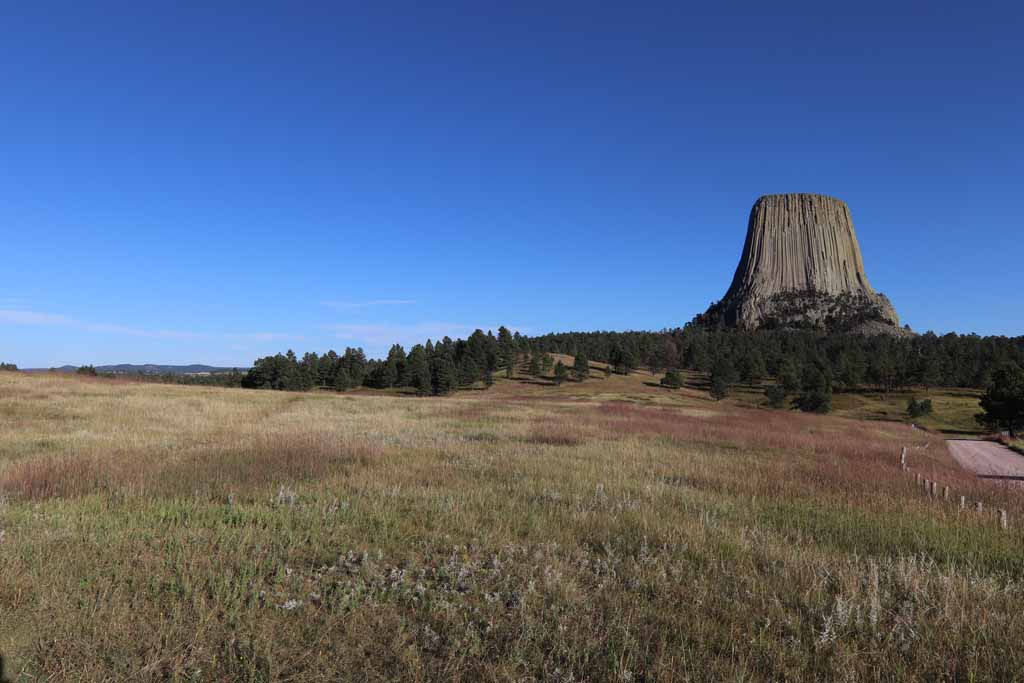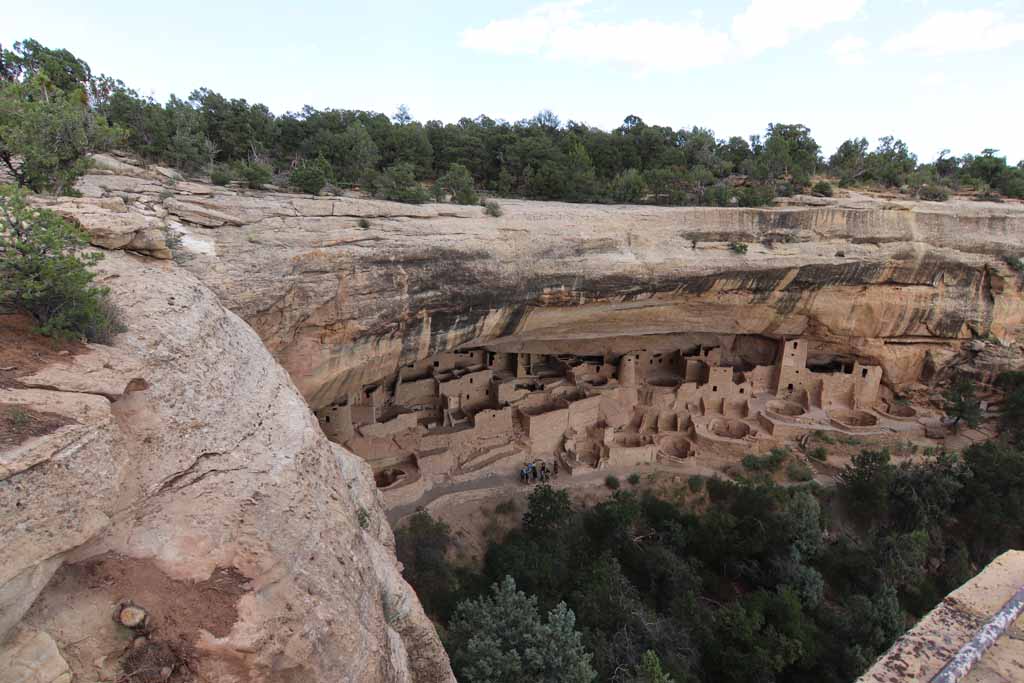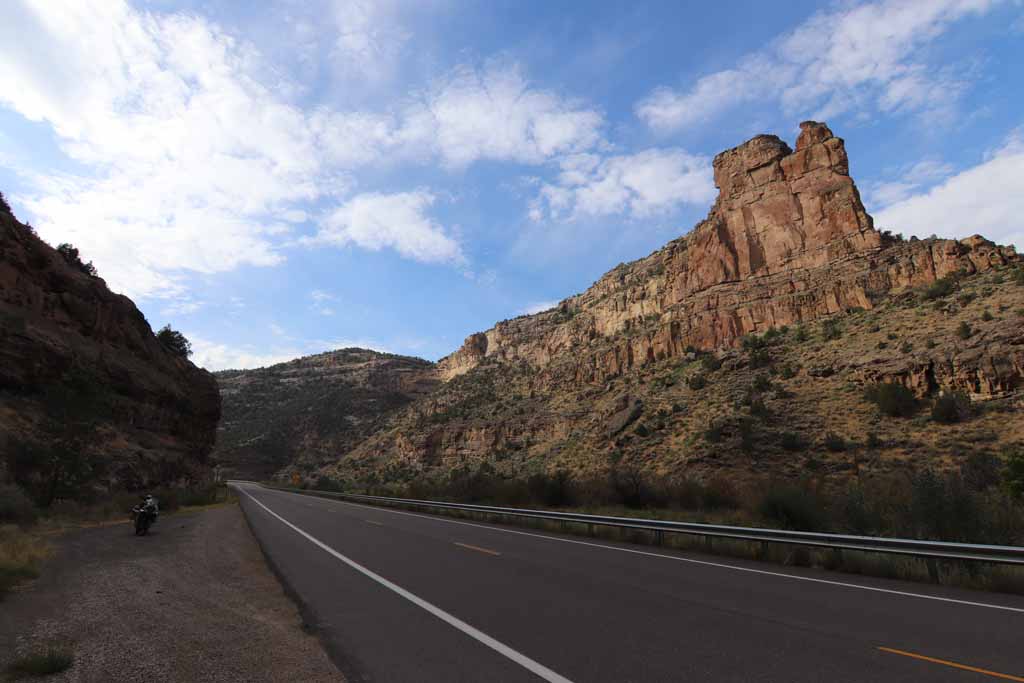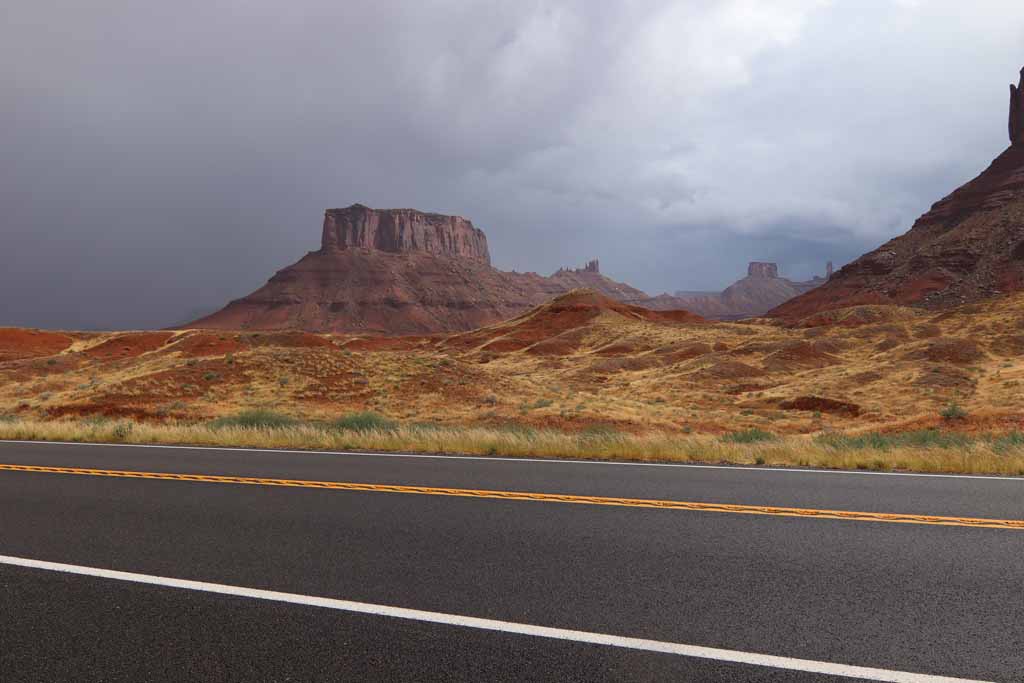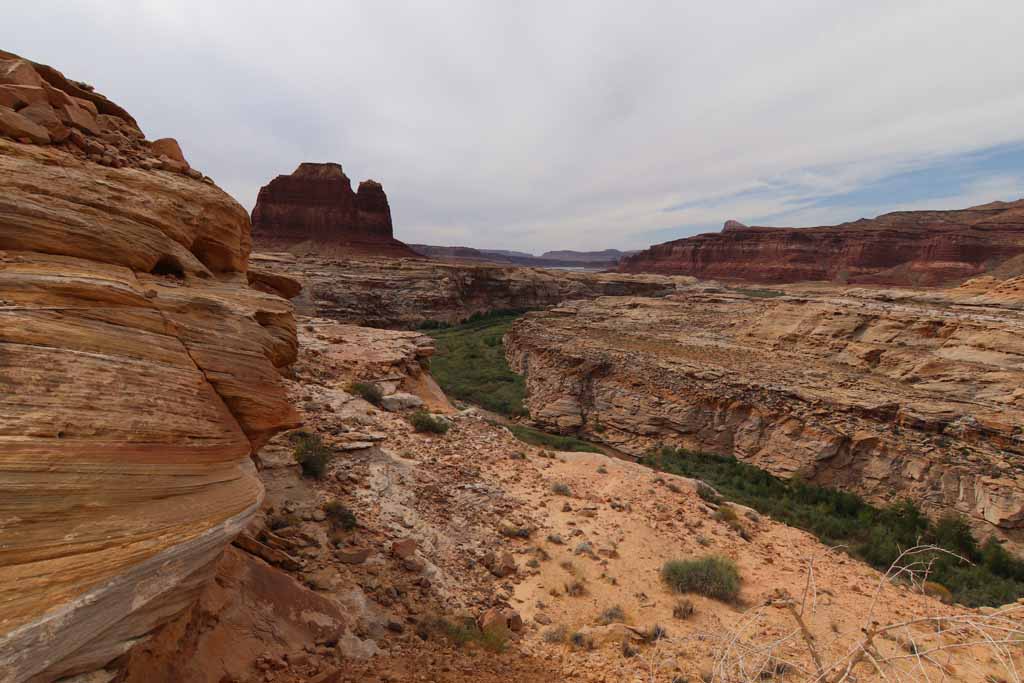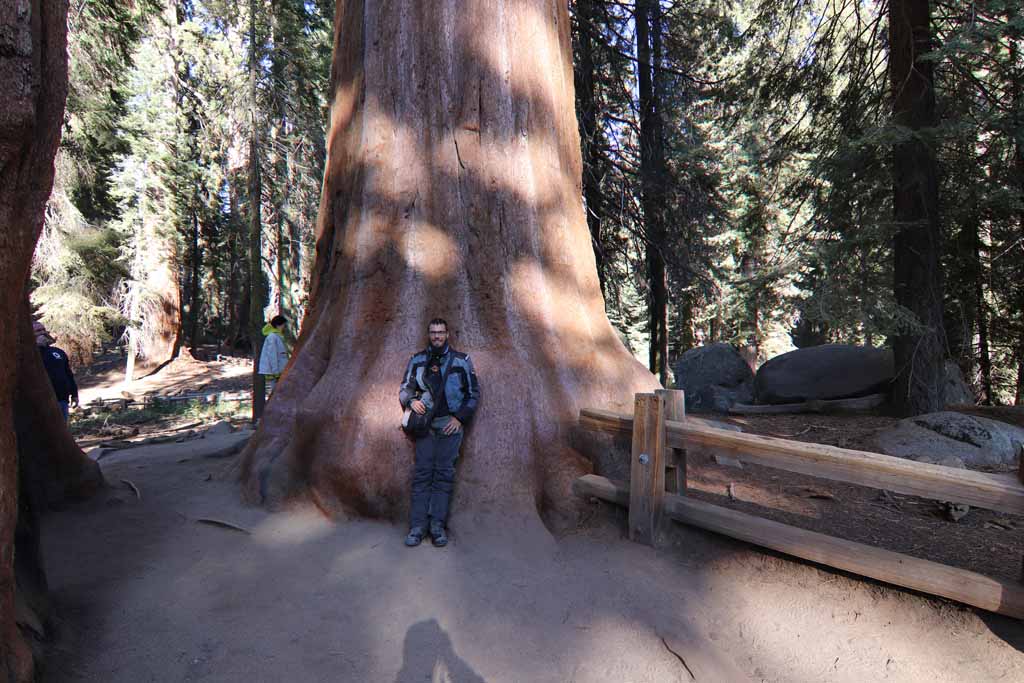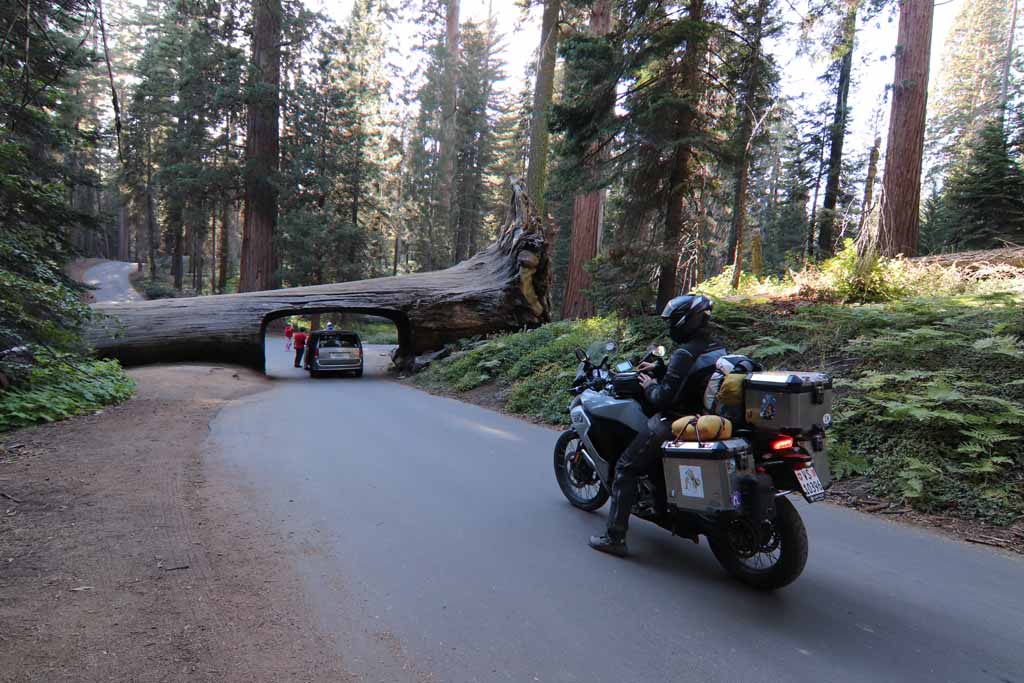To read the first part of this article, click here.
Two issues back, we published the first part of my interview with Jules Bruttin. Here is a quick review of that story so far:
Jules is a young motorcyclist from Switzerland. At 23, he flew to North America to discover the roads, the people, the landscape and the immensity of the continent. He landed in Montréal, rode all through Québec and the Maritimes, and came to visit me. After this fine encounter, he left my place to continue his journey through Canada. His first destination was Alaska. And then? The American West and Mexico, a 10-month-long road trip totalling 78,000 km.
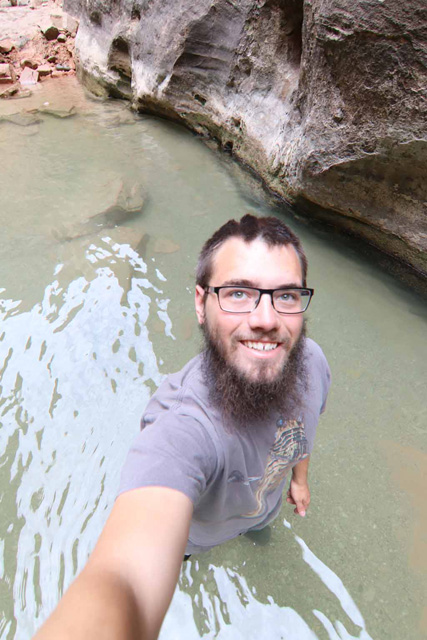
Zabel: When you left my place, on July 23, 2019, you were heading west through Canada and then to Alaska. How was that part of your trip?
Jules: These were the longest riding days I had ever done, and it made me discover where my limits were. I crossed Canada in four days: 4,000 km in four days. It’s one of the craziest things I’ve ever done and I know I won’t do it again.
Zabel: Tell me more about those four days riding on your own.
Jules: On the first day, I did not cover enough distance: only 650 km. The second day, I managed to do 800 and then, to catch up, I rode 1,200 km on the third and 1,350 on the last day. The reason I was in such a hurry was that I had an appointment at Blackfoot Motosports in Calgary for my bike tune-up. If I mention their name specifically, it’s because they have been absolutely fantastic.
Weatherwise, I had everything. Fine on the first day, rain and fog on the second and lots of wind on the last two. In fact, I had never ridden in such strong winds. Most cars were stopping, and motorcycles too, of course. But I carried on.
On this ride west, I also got to discover mosquitoes. How awful! I ended up packing my tent and equipment with all my riding gear on (jacket and helmet) while running around in hopes of reducing the number of bites. One morning, I woke up with my tent literally blacked out with mosquitoes; normally, it was yellow.
Zabel: Wow, that’s something.
Jules: Finally, I was excited to make it to the doorstep of a new playground: the wonderful mountains. That made me realize how much I had missed them and how much I am a mountain dweller deep inside. The landscape in Banff National Park was absolutely stunning. In Lake Louise, I made a short video for my goddaughter Louise. That was really cool.
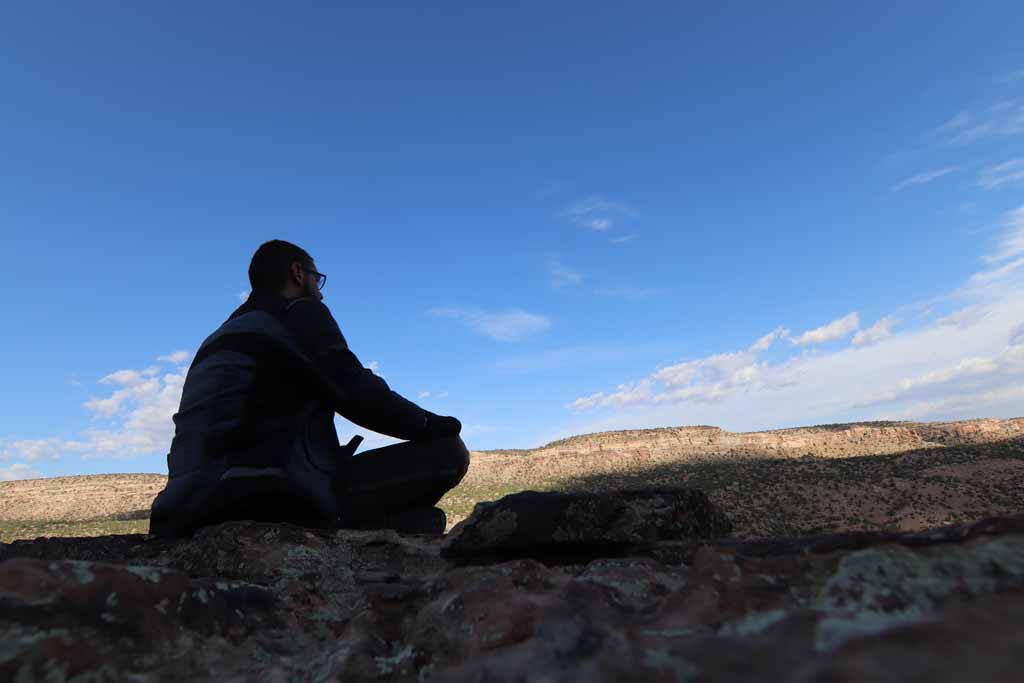
Zabel: How nice of you.
Jules: Later that night, I was riding around in a campground when a guy invited me to set my tent on his spot if I could not find a place. The next morning, he prepared breakfast and we chatted for a long time. My only regret is that I forgot his name and lost his phone number.*
Zabel: Maybe he’ll get to read this interview and then contact you through social media. Let’s be optimistic.
Jules: That would be fantastic! He also suggested that I make a small detour to the Miette Hot Springs and that was good advice.
My nicest encounter was on my way to Alaska, but while still on the Canadian side. A moment I’ll never forget. Down below on the roadside, I crossed a solitary wolf. I did not have a chance to take a picture as I did for the buffalo, that also impressed me a lot, but the image of this wolf is in my head and it will be forever.
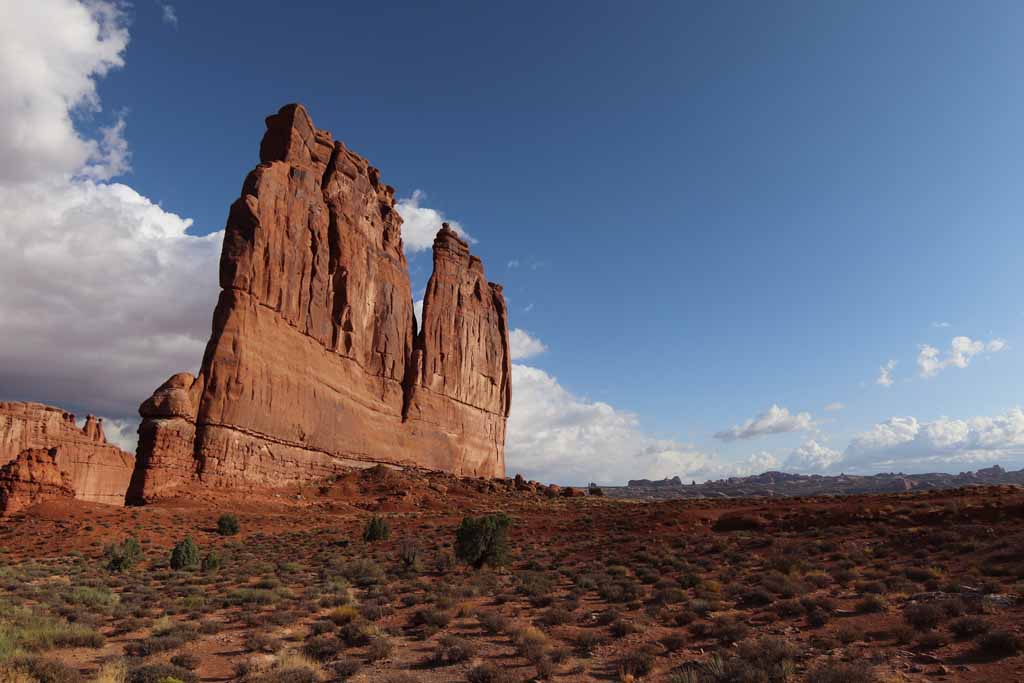
Zabel: Yes, these memories stay deeply rooted in our minds and they are part of the adventure. Alaska is often seen as some sort of a spiritual quest for motorcyclists. How was it for you?
Jules: Incredible, surprising and unexpected. I was expecting empty spaces crossed by gravel roads. And finally it was nothing like that . . . well, a little at times.
I entered Alaska on a rainy day, so my first impression was somewhat disappointing, but I could not be more wrong. Soon after crossing the border, I stopped at Tok to gas up. Most of the pumps were used by a small group of motorcyclists. We started talking and in no time I had two invitations, one for Anchorage and one for Fairbanks.
Back on my bike, I was surprised to see so many paved roads. The landscape was magnificent. And I was into the mountains, carving into curves and cruising along glaciers.
When I got close to Anchorage, I contacted Dwight, one of the guys I met in Tok. When I arrived by his home, I thought I had the wrong address. I was in the heart of an upscale neighbourhood with luxury cars parked in front of big houses, and there was a seaplane on the lake.
The neighbour’s dog started barking at me while I was waiting by the door. I concluded that I was at the wrong place and as I was about to turn around and leave, the neighbour came to me. We talked, he called Dwight, and he invited me for a beer at his place while we waited for Dwight.
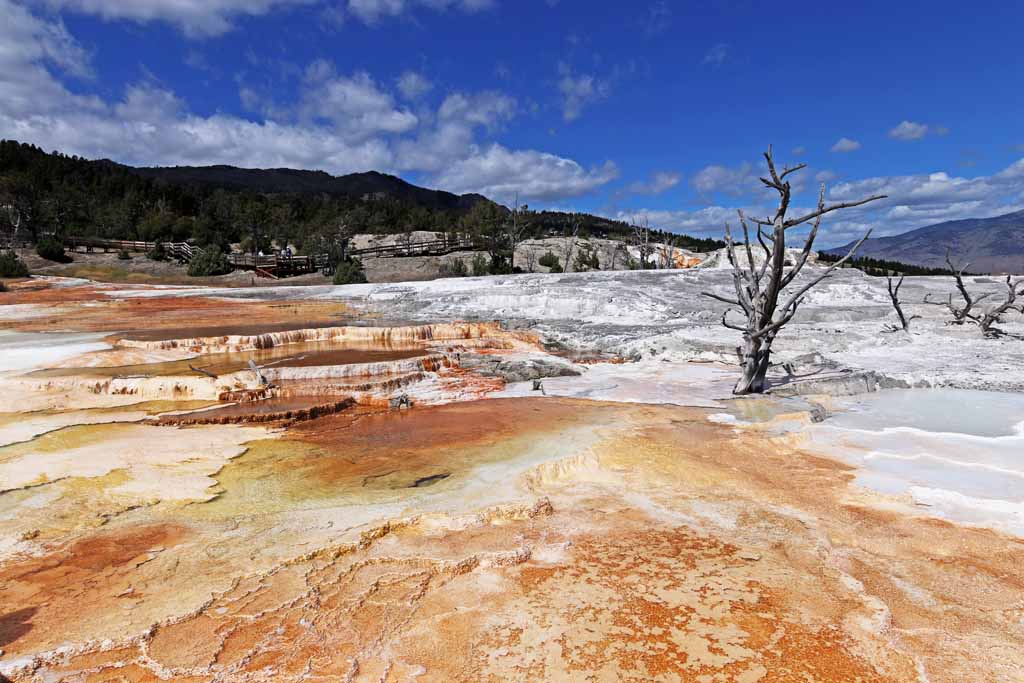
That evening is one of my best memories. We spent it all together. His wife asked me if I had ever eaten king crab. My answer was no, so she prepared some for me. The neighbour asked if I liked seaplanes. I said yes, so while his wife was preparing dinner, he took me for a ride up in the air. Really, an incredible evening.
When I told them that I was really (and pleasingly) surprised to see such a strong link between neighbours, they said that most of them were living far away from their families, whose members often lived in a different state, so neighbours were becoming families.
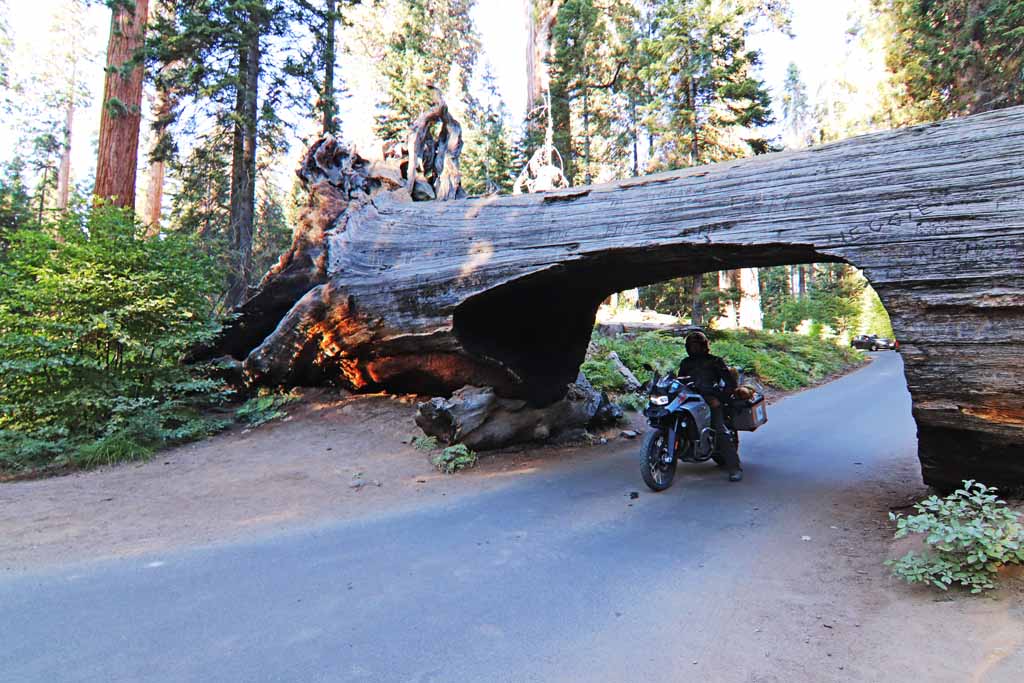
Zabel: Wow. These must have been marvellous moments. Leaving was certainly difficult.
Jules: It was. But the next day I had to visit the Denali National Park. I made a bus tour to see moose, bears, grizzlies and caribou. Too bad it was raining, but we still got to see many interesting animals.
In Fairbanks, I went to the other address I was given in Tok and I stayed for a few days with the family. I tried surfing on the lake, I dipped into hot springs again—they were burning hot, in fact—and I tried one of these huge trucks—compared to the ones we have in Europe. I stayed for almost a week and then we went to their cottage for the weekend and I got to ride a quad.
Zabel: What a privilege. Those were great moments I am sure.
Jules: Absolutely, and then I had to hit the road again. When I left Alaska heading to Vancouver, I stopped at one of the smallest deserts in the world, the Carcross Desert in Yukon. That was also very surprising, to say the least.
I could go on and on telling you about the breathtaking landscapes and the fine people who greeted me so warmly.
Zabel: What seemed most remarkable to you throughout that great continental crossing?
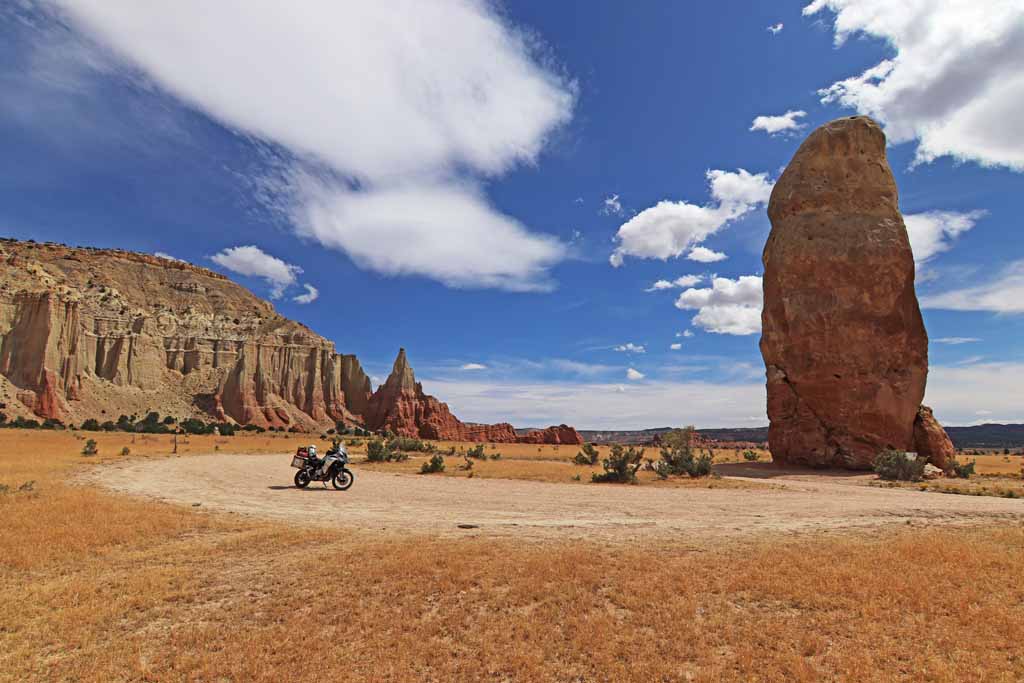
Jules: The change of landscape when I got there. On my way, the distances were so long, and the roads so straight and uninterrupted; that was a first for me.
Zabel: When we first met, you said you wanted to see Niagara Falls because they were a Canadian icon. Did you make it there?
Jules: Sadly, I didn’t. There are various reasons why I decided not to go. The most important is that my goal was Alaska. And I knew I would be back in Eastern Canada soon, be it only to see you and the fine people I met around here. So when we looked up the map together to establish my itinerary, I decided, partly on your advice, not to make the detour to the Falls. Alaska was my top priority and I absolutely did not want to miss it. The three main anchors of this part of my trip were Canada, Alaska, and Mexico.
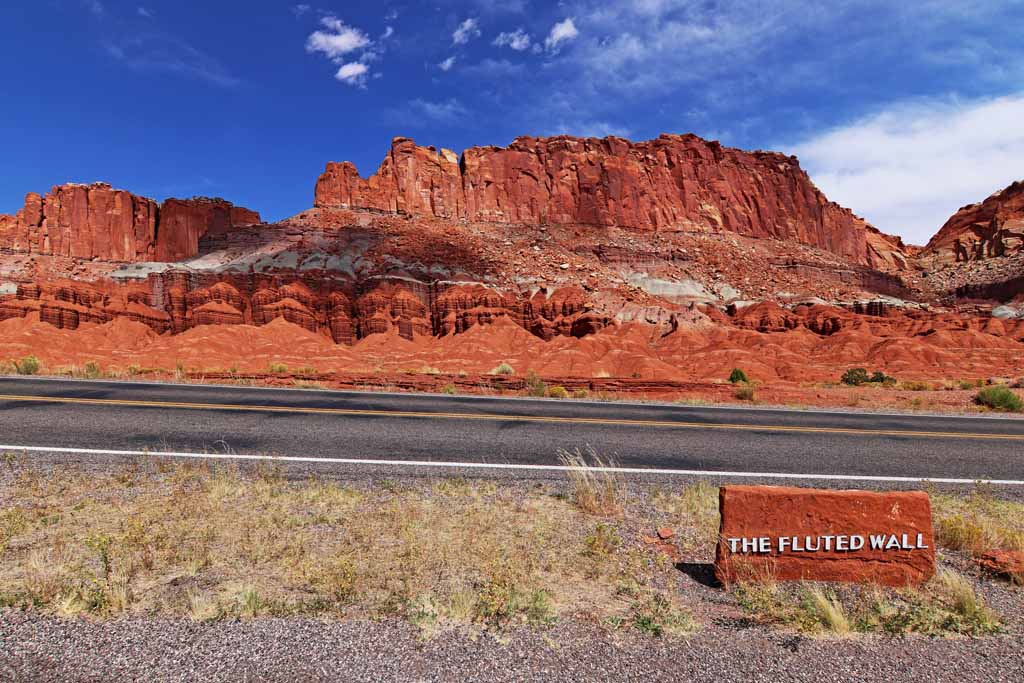
Zabel: Was it easy to cross the U.S. border?
Jules: I was expecting questions and complications, but I had no problem at all. Maybe it was because of the visa I had asked for in advance, maybe it was because the customs officer really did not give a damn. He barely looked at me.
Zabel: What were your favourites in the American West?
Jules: Hard to say; all the national parks are certainly worth visiting.
I liked Yellowstone in Wyoming. I went because it was said to be a must, but I was afraid that it would be a tourist trap. I was wrong. So wrong. Yellowstone is totally impressive.
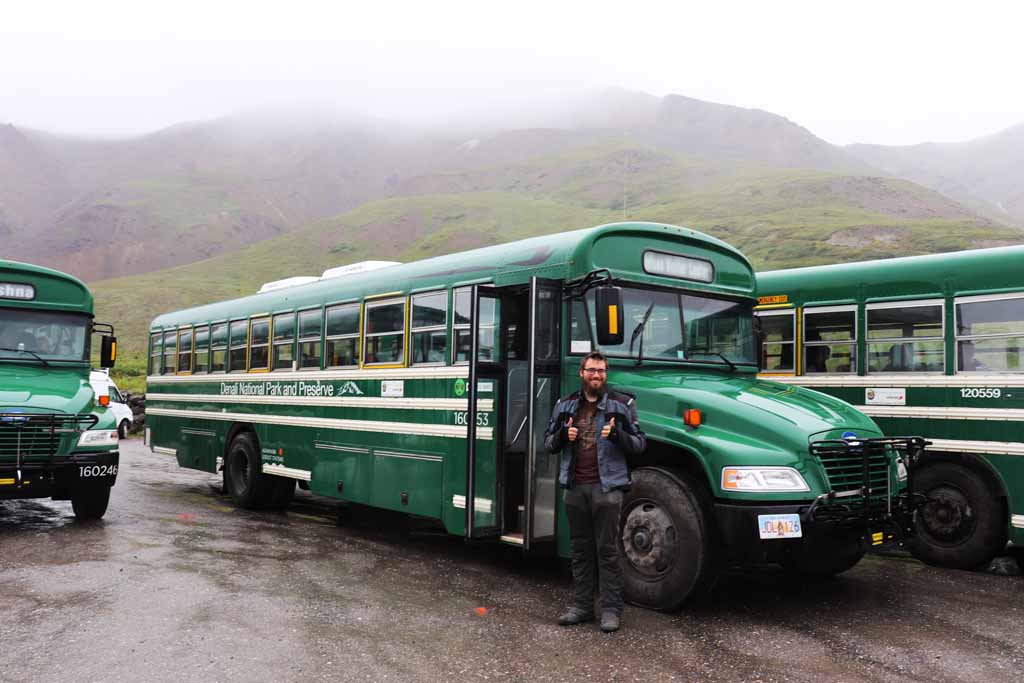
Also the Devil’s Tower, the Badlands (and its lunar landscapes) in South Dakota, the giant sequoias in California (recommended by Patrick), Death Valley, plus the Arches National Park, the Grand Canyon, etc. The national parks are extraordinary natural gems and all the ones I saw amazed me. That being said, if I had to pick only two, I think I would go for the Arches and Sequoia National Park; I totally fell in love with these.
Zabel: Your original plan was to continue down south to Mexico and South America, but I know that at some point you hesitated for several reasons, including the political climate in these countries. What eventually motivated you to keep going?
Jules: Indeed, my original plan was to go further south despite the various warnings from people I met along the way, my family, etc. None of these people had been there themselves, though, and I wanted to get closer to make up my own mind. But when I got near the border, I had a head-on reality check, considering the risks, the language barrier and the feeling of being far away from home for so many months.
I first rode to Baja, California, which is more or less an extension of the United States, but I went through various problems there. What made me decide to keep going? I took some time off in a hotel, I made many phone calls to my parents and to friends, and I rested a lot, something I badly needed.
As I was regaining energy, I realized that I had done the most difficult part and that I could at least visit a little more of Mexico. And so, one thing leading to another, I thought that, besides that one difficult week, everything was fine again, so I decided to carry on.
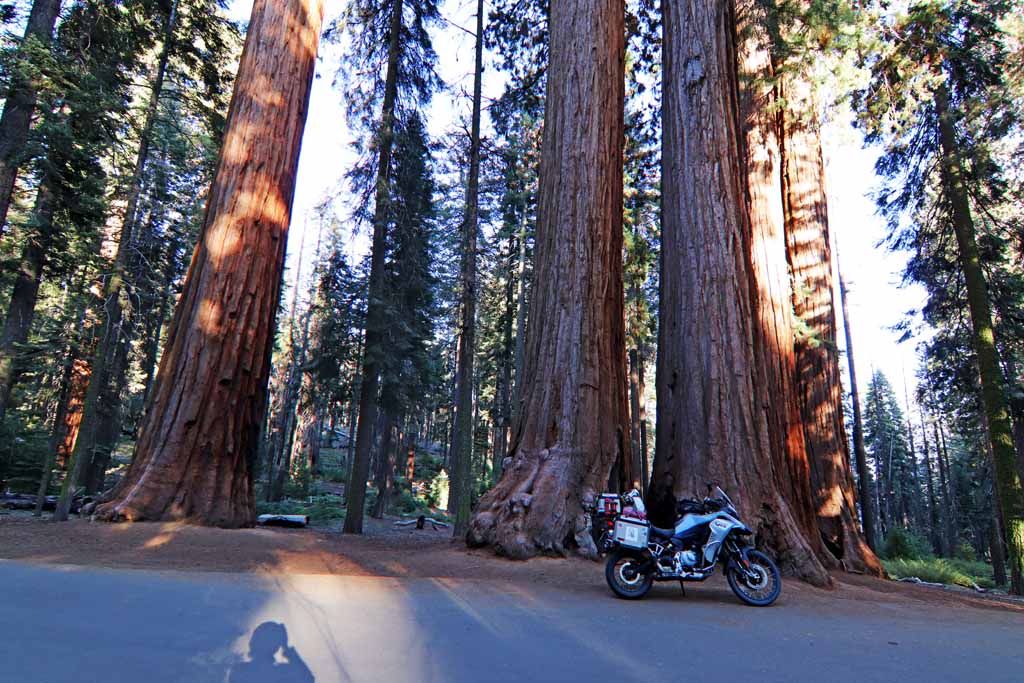
Zabel: Any mechanical breakdowns? Your bike was reliable?
Jules: I had my first problems in the U.S.A. I was riding a new model recently out of the factory and they did not have the replacement parts ready yet. I had done so many kilometres in so little time that I was ahead of their schedule for delivering replacement parts. So I had a hard time finding some of them (chain and sprockets, for example).
Then I dropped the bike on a mountain road in the middle of nowhere. One of my side cases broke down and my foot was hurt. Luckily, a visit to the hospital confirmed that nothing was broken. So I bought a new case and I was back on the road.
Follow him on Instagram: JAB_ride_the_world
